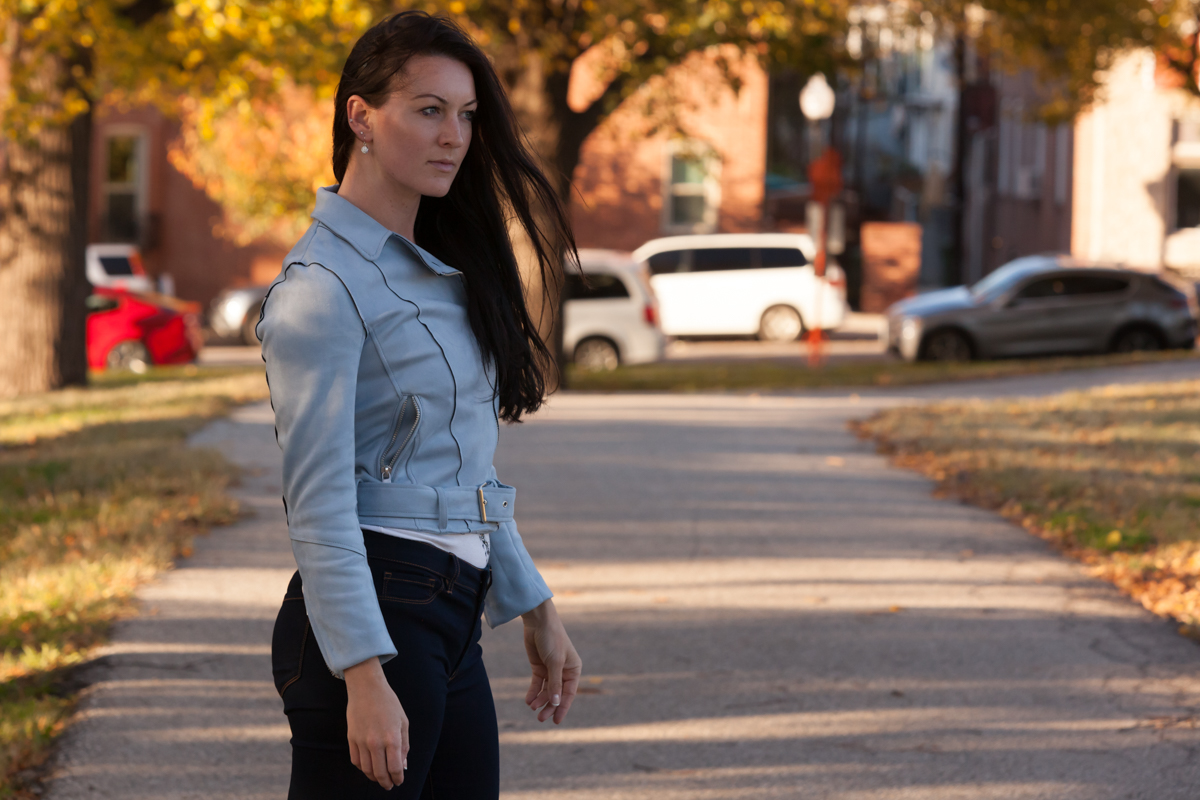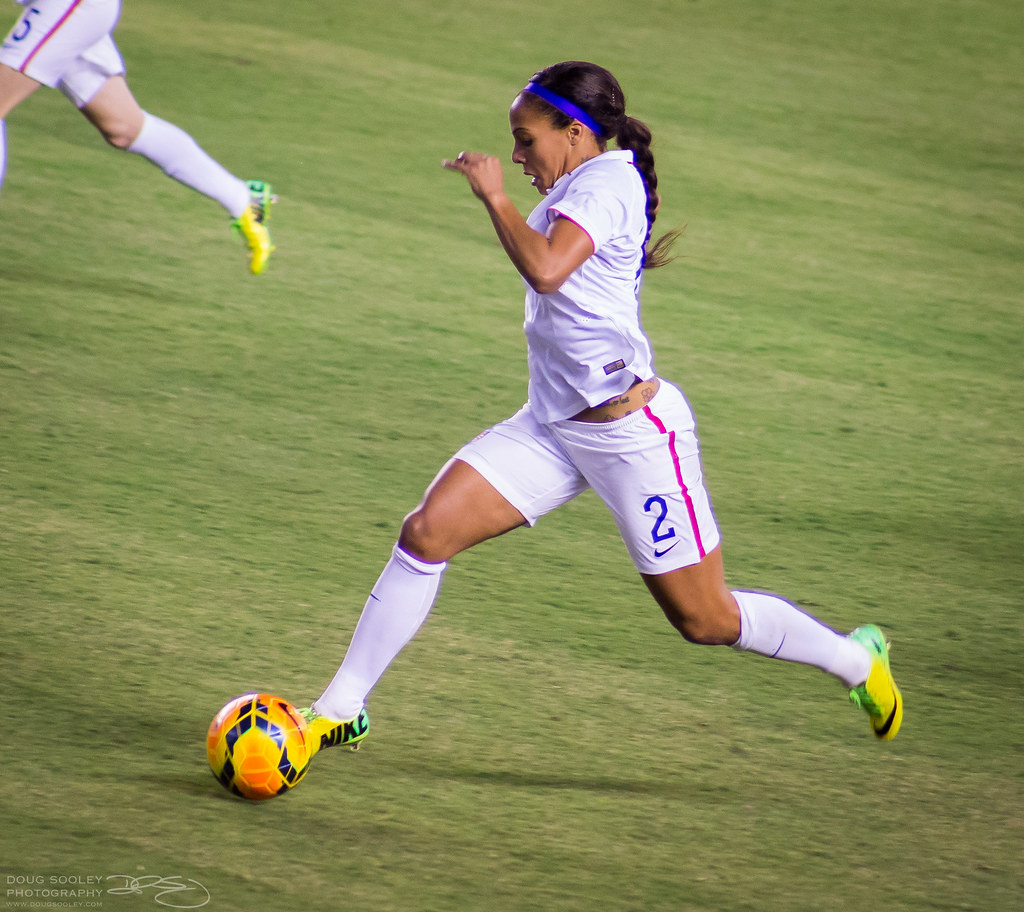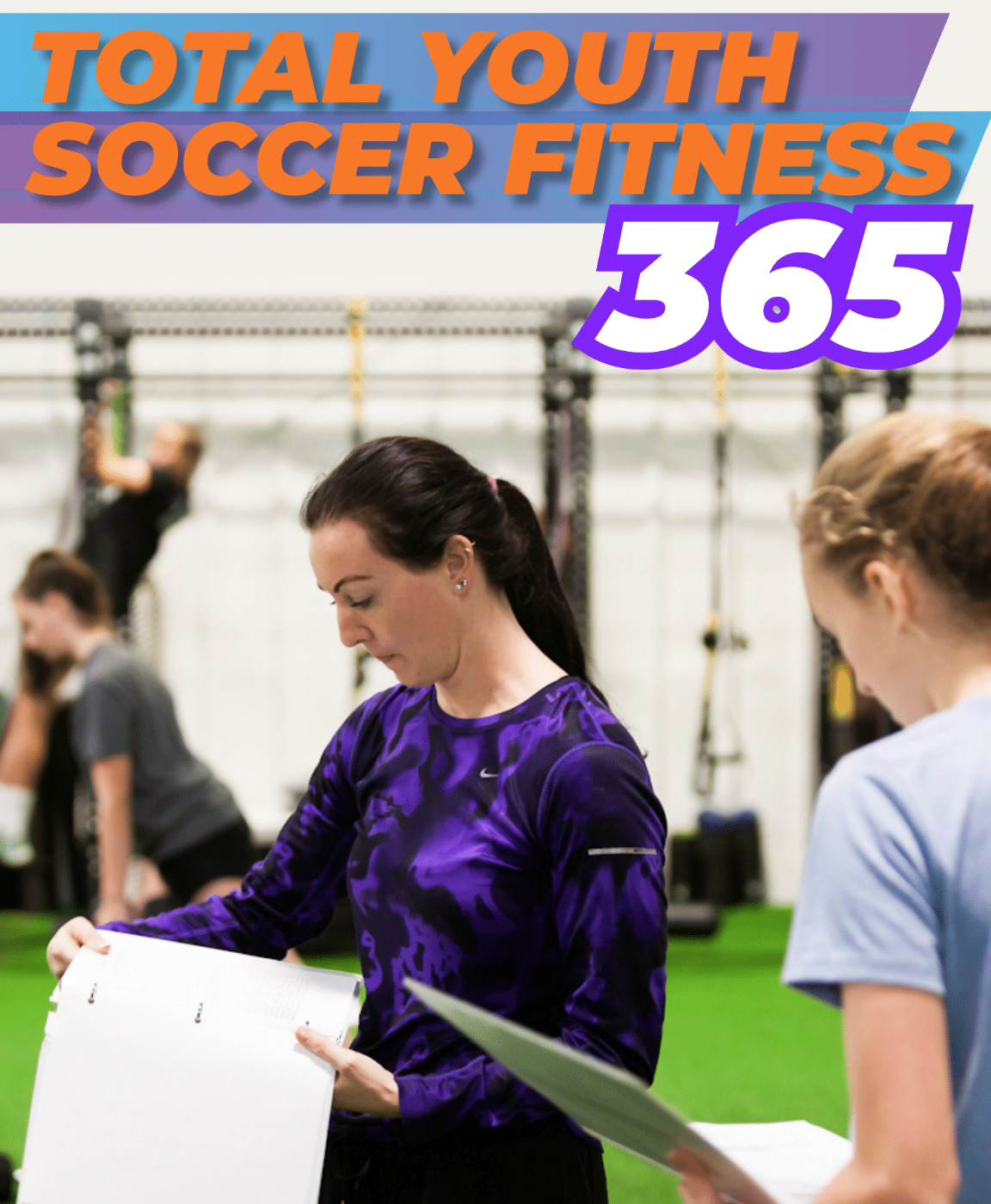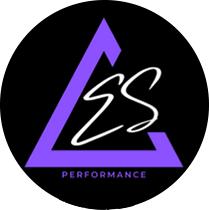
14 May No One Has No Clue What The Heck Is Going on: Here’s What To Do
Humans are in time out.
Your favorite, cozy pub down the street where you watched English Premiere League is closed.
Your livelihood of coaching young athletes is postponed until who knows when.
Your meticulously thought-out year-round physical periodization plan is useless.
Your unending, back-to-back virtual meetings with your players are getting mundane.
Your exuberant summer soccer camp is on hold.
You’re dying to see your players in real life and connect again.
At first, this quarantine was all fun and games.
Stock up on frozen foods, take every continuing coaching education course on the web, become better at your craft while sitting on the sofa in your sweats, and enjoy extra time to catch up on Netflix.
What we thought was a nonchalant few weeks to refocus our careers, relax, and reflect, has turned into a tumultuous three months and beyond.
Now here we are.
Youth sports were supposed to continue.
Tryout season was supposed to happen.
Summer camps were supposed to be okay.
And Fall season? I mean it’s supposed to be on…
But who even knows anymore? Admittedly, I don’t know what’s up, what’s down, where’s left, where’s right, and still, where’s Waldo at?
It’s safe to say there’s one thing that’s certain: everything is uncertain.
Put simply, no one knows what the heck is going on.
The endless question marks suck, and I know just as much about the future of youth sports as I do macroeconomic theory during the imminent depression.
Alas, what I do know is, this is going to be a time where coaches are tested.
Now you have the opportunity to earn your stripes as a transformational leader and to step into your power as a coach to better serve your players. Share on XLooking throughout history, one of my favorite leaders who kept equanimity in a time of crisis was Winston Churchill, a man who possessed an admirable demeanor with a sense of urgency, yet calm.
And back then during the second World War, the stakes were high and the times immensely catastrophic, but what I like about Churchill was he was proactive, rather than reactive.
Proactive leaders aren’t fed by fear, but rather, make decisions based on a blend of logic and optimism, and instead of freezing, they take action regardless of the horror in the world.

Of course, there are plenty of leadership styles you can emulate, but I like to break it down into two types:
1. You’re either driving drunk with precarious passengers in the back seat OR…
2. You’re driving sober with secure passengers in the back seat.
Don’t lead drunk.
I turn to Churchill because of his confidence to take action in the face of fear without losing hope, but also, because of his composure steering the public while saying with clear conviction, “I got this and I will take care of my people.”
As a coach, I know times are chaotic. You’re struggling to hold your team together, keep them motivated, maintain their engagement, and train them for a safe and empowering return to play.

Will Fall soccer return? Will college soccer be cut from NCAA programs? Will tournaments and showcases come back in 2021? No one knows.
To provide you all with another thing I do know is, you can control how you train, prepare and nurture your players right now.
You can take the driver’s seat and steer them toward more pessimism and turmoil, or you can take the driver’s seat and steer them toward hope and love.
Let me get this out of the way: there are a lot of coaches complaining and not problem solving.
Newsflash: tapping away on Twitter and complaining to other coaches who are also complaining isn't going to help. Share on XBe leaders and do what you can control, I urge you.
Let’s say soccer does return in the Fall. We can use summer as general physical preparation under an off-season template, focus on sharpening technical skills, and bring back free play in the neighborhood.
Let’s say soccer doesn’t return in the Fall, as devastating as that is to ponder. Too, we can use summer as a time for general physical preparation under an off-season template, focus on skill work, and play neighborhood pick-up.
Instead of getting worked up with returning to play and trying to predict an exact date, let’s dial in on developing a resilient, skilled, creative athlete, and fast athlete.
To that end, there’s no need to get tangled up in the minutiae – from work capacity charts, to training load graphs, to chronic load calculations – just keep it simple. Return to basics, while having common sense.
As an example, say you take your players through an off-season strength and conditioning template this summer to develop movement competency, coordination, strength, speed and agility.
If Fall soccer happens, of course you return to an in-season template with less rigorous change of direction work, less volume (sets/reps), increase recovery and reinforcement of movement patterns, and jumping and landing technique under lower loads.
And if Fall soccer doesn’t happen, I urge you to do the same thing: do an in-season template. It’s not hard. Just rinse and repeat general physical preparation and keep your players sharp, not fatigued and overtraining.
Young athletes can only train at high intensity and high volume for so long, otherwise burn out and injuries can arise. Year-round programming, regardless of youth sports cancelled or not, should be in oscillation. Soccer may be on hold, but exercise science isn’t.
Just like a wave, training load gradually rises, then gradually falls. Movement quality and maintenance of strength and speed never end, but they continue in a wave-like manner. Share on XMaybe for several months players go hard on the eccentric lower body movements, then cut back on volume and focus on building core stability and upper strength to give their lower body the recovery it needs.
So if you’re a coach and you’re confused on where to begin as far as preparing your players for the big question mark of the return to play date, here are a handful of pointers:
- Focus on general physical preparation (coordination, movement competency, core stability, total body strength, power, aerobic base —> anaerobic, game specific conditioning)
- Respect this time for players to return back to creative, neighborhood play. There’s no need to try to maintain control of the players on your team with endless tactical assignments and webinars and presentations five times a week over Zoom, especially if we’re stuck in this for several more months. Allow them their independence and to re-discover the beauty of free play. Their right brains will thank you.
- Be a leader. Just like Churchill, keep calm and say with confidence, “I got this and will take care of you and support you through this time.”
- Provide them with resources and connections beyond the game. Mental health matters now more than ever. Players need community. Whether this is giving them creative projects, mailing them a sport psychology or growth mindset book, or encouraging them to take on new hobbies, or connecting them with new role models and older girls to look up to, give them options for mental growth outside of sports.
- Plunge into the journey. At this point, you’re in this for the long haul. Take your players on an ongoing adventure where they develop as not only better athletes, but better humans. At the end of the day, even if youth sports were on, what’s the end point? Spoiler: it’s a journey of a lifetime, even after they play their last game.Character development matters, but so does leading by example and LIVING IT YOURSELF. Share on X
- Embrace the uncertainty. Paradoxically, as much as coaches want to control every aspect of their players’ lives right now, soccer is a game of uncertainty, too. Hold space for players to navigate this time – to find new passions, enjoy free play, to take time to live life on their own terms, to explore, to discover their autonomy and inner strength and beauty.
I’ll be honest: with my in person athletes all working remotely now, I don’t do any work on the nagging and coercing end.
I write individualized programs, analyze video feedback, tweak corrective exercises, look at speed and strength improvements over time, and hold two Zoom sessions a week to check in, but not once have I had to breathe down their necks to see if they were doing their workouts on my phone app.
I always tell my girls, “it’s up to you on how you want to handle this time. I’m here if you need, but ultimately, you decide if you want to come out of this a better athlete and human.”
Being able to adapt in adversity is the very nature of sports, so instead of telling my girls what to do and joysticking their stories, I have given them their power and allowed them to find their intrinsic drive on their own terms.
With no externals now - games, championships, wins and accolades - it's a great time to instill in your players what internal motivation really means. Share on XTaking the conversation back to the beginning, no one knows what the heck is going on. At this point, you can find levity in it all. Last month, we didn’t need masks. Now, they’re mandatory. Last month, the economy could reopen safely. Now, LA is closed until August. No one knows what is going on.
And as much as you want to control youth sports coming back, you can’t. Yes, you want to keep the return to play destination in mind (again, whenever that is), but you also want to find excitement in the journey, and the beauty in simplicity.
Sports are uncertain. Sports are dynamic. Sports are spontaneous.
Don’t fight the uncertainty. Embrace it.
If you enjoyed this article and found it valuable, inspirational, and impactful, you can leave a creative tip HERE.
For a year-round speed, strength and conditioning plan for youth soccer players, get Total Youth Soccer Fitness 365 HERE.



No Comments